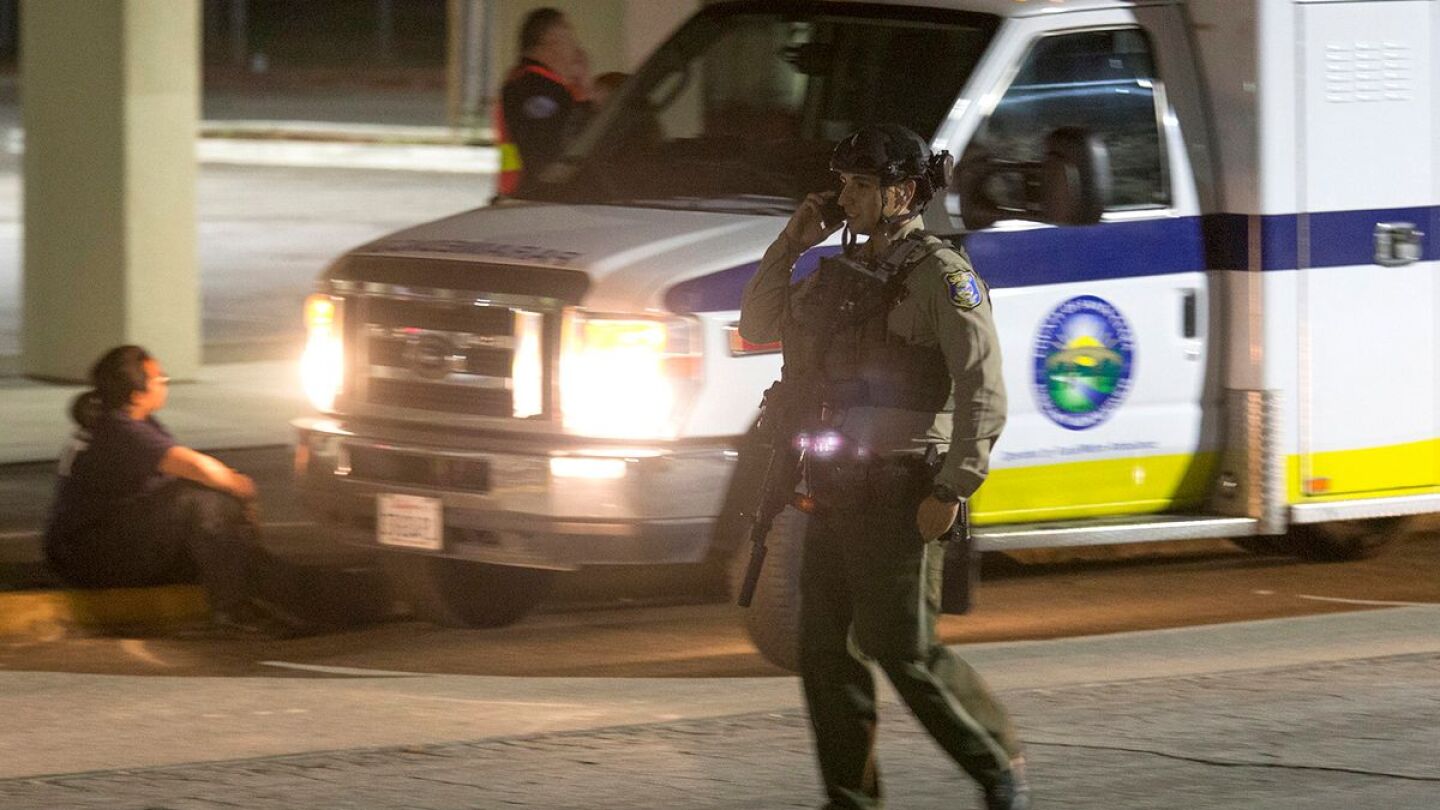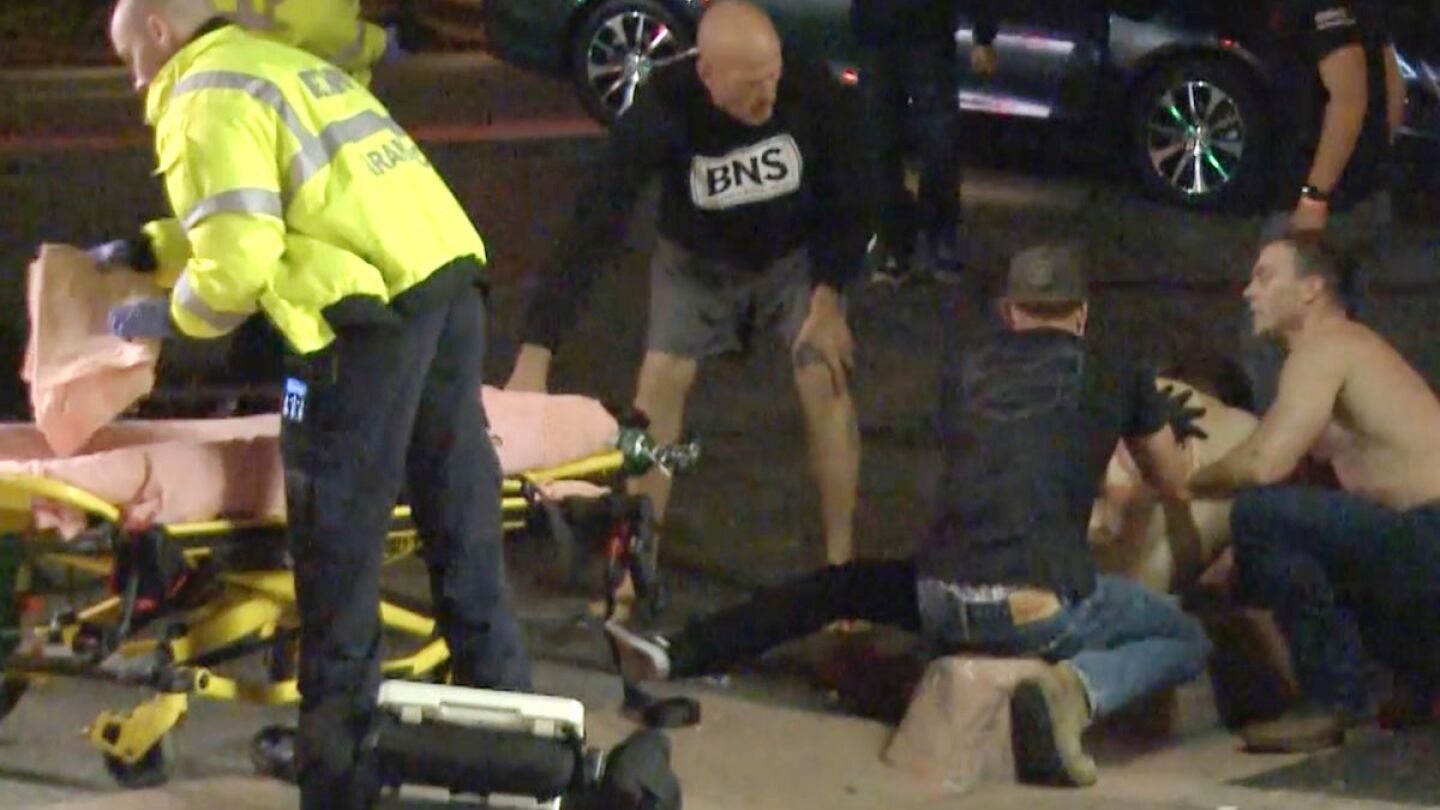Rapid Response
The Rapid Response topic features expert analysis on recent news events. These in-depth articles also provide EMS agencies and leaders with top takeaways to learn from and relevant resources to bring back and implement within your own agency to always be prepared.
We must consider patient evacuation, resource allocation and training ourselves and our communities in the wake of an assassination attempt on former President Trump
Practical takeaways from the Kansas City Chiefs Super Bowl parade shooting for initial treatment and safe transportation
A New York man collapsed on a sidewalk after police ordered him to exit an ambulance where he is alleged to have assaulted an EMS provider
Pennsylvania Turnpike crash underscores importance of MCI planning, unified command efforts and rehab services for long-duration events
Every community has a festival, fair or event that could be a target for violence, like the Gilroy Garlic Festival
From Sept. 1, 2018 to Jan. 10, there were more than 830 occurrences in which no ambulance was available in the 200 square-mile territory, according to county data
Dunwoody and Dekalb County signed a memorandum of understanding last fall to station more ambulances around the city
“The reason for the diversion was that we were understaffed to safely manage the number of patients in the hospital”
“Do not automatic dispatch EMS to a fire scene,” the memo reads, listing reasons to send a unit
The notice cited the department’s practice of responding to calls in a town ambulance and then having the patient transported to by a different ambulance
Remember any patient can turn violent, and make a patient assessment/search a part of your situational awareness approach to scene safety
The RAPTOR can respond to mass casualty incidents such as vehicle crashes, mass shootings or natural disasters
More traffic and longer commutes are creating a challenge for Denver Health Medical Center paramedics
Ottawa Paramedic Service has changed their red and white flashing lights to red and blue lights
Catastrophic California wildfires have caused unprecedented destruction and required aid from agencies across the country
The shooting at the Thousand Oaks, Ca., Borderline Bar & Grill is another blow to first responders in communities impacted by mass violence
What are the potential public policy, legislation, social service and healthcare actions fire/EMS providers should advocate to prevent mass shootings?
Despite the shooter’s despicable intent and multiple murders, he becomes another patient to triage, treat and transport
Operating in the public eye under conditions that may require evacuation or assisting colleagues at a moment’s notice means responders must be ready 24/7
Complete with a mock community and former hospital, the CDP gives responders the opportunity to train on emergency and disaster response
NFPA 3000 is a framework for preparing EMS agencies, fire departments, other responders and communities for active shooter incident response and recovery
Make information sharing a part of your mass casualty incident protocols, especially in incidents involving children or unknown illness
Vehicle vs. multiple pedestrian incidents, especially terrorism attacks, are high-risk and happen with surprisingly common frequency
Sinister mass casualty violent attacks require additional preplanning and post-MCI recovery efforts from EMS
To reduce the dying from active shooter incidents the killing and bleeding has to be stopped quicker
EMS providers must be prepared to protect their communities at a moment’s notice
First Care training empower citizens to stop the bleed and transition from hapless bystanders to lifesavers
Protection from above and layperson bleeding control are among the immediate takeaways from Las Vegas mass shooting for EMS personnel and paramedic chiefs
Emergency responder effectiveness after this terrorist MCI will likely be judged – fairly or not – based on solving the crime, caring for the injured and quickly reuniting families
How can we begin to mourn, make sense of and learn from the tragic line-of-duty death of EMT Yadira Arroyo?
As first on scene from the outside, firefighters and medics have an important role in stopping nursing home abuse
Learn from confrontations and miscommunications during joint response with law enforcement, but don’t let those come to define the relationship
A gunman’s attack at Fort Lauderdale-Hollywood International Airport is a reminder of soft-target vulnerability and to prepare everyone to “stop the bleed”
MOST POPULAR
- Rapid Response: EMS needs to support non-prescription naloxone
- Minneapolis EMS union pushes back on mental health response program ahead of roll out
- Detroit fire union blasts ‘ignorant’ EMS dispatch memo
- Rapid Response: Active shooter or active stabber? The EMS response is the same
- Rapid Response: Resident shoots at responders, killing a paramedic and injuring a firefighter
































